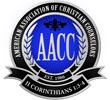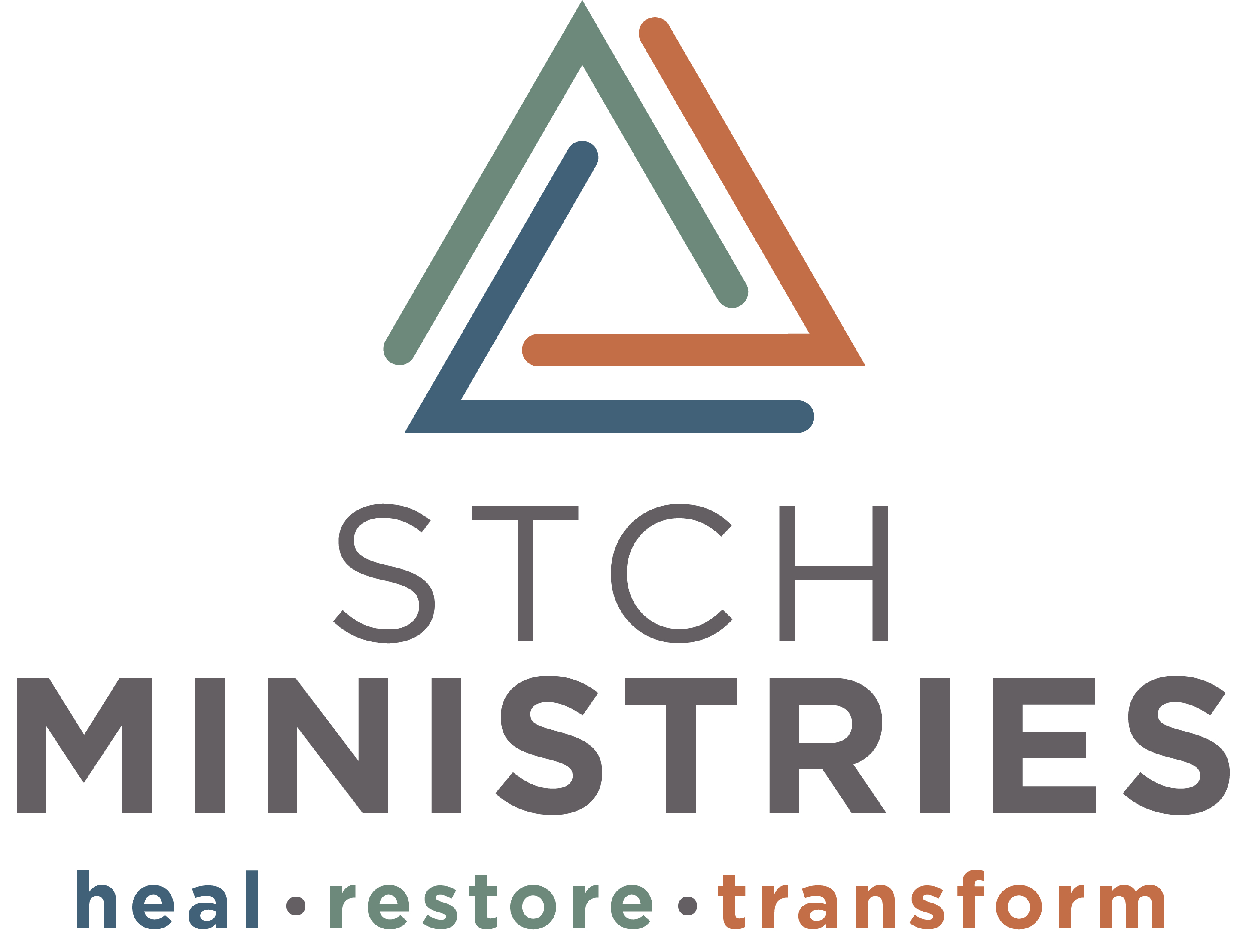When Helping Works
“WHAT IS THE GREATEST COMMANDMENT?” Jesus was asked. His answer: “Love God with all your heart, soul and mind, and love your neighbor as yourself.” (Matthew 22:37) With those words, every Christ-follower is commissioned to care for the needs of others. STCH Ministries’ vision states, “We want to create a culture where the needs of families are seen and met in creative and innovative ways.”
Meeting the needs of families became the impetus for developing the unique approach of designing mission activities that include children and parents working together towards a common goal. STCH Ministries International encourages families to use their unique skills to strengthen other families, inspire leaders and make disciples. There are no cookie-cutter schedules; each trip is customized to use the skills presented by team members to meet the expressed needs of ministry partners. Most importantly, as teams invest resources, training and sweat equity, their investment is nurtured by the boots-on-the-ground, partner ministries with whom they have shared. They can return to see growth and fruit from their efforts, rejoicing as co-laborers, whether in the Dominican Republic or El Salvador.
Some of the creative and innovative ways mission teams served during the summer of 2024 included giving haircuts to the boys at the Higuey orphanage, many of whom were of Haitian descent. At another site, a nurse taught a class on nutrition to parents. More than one team included children with their parents, demonstrating baking and sewing projects or teaching ESL using a bingo game. Two teams organized and presented a family festival for the local church. Games, musical chairs, a photo booth and a devotional time for children, teens and adults drew many unreached families to the local church. Families worked together to build furniture for Bible classes, orphanages and schools. Classes on finances, CPR training and various lessons on parenting and marriage relationships were shared by team members.
One participant shared, “I am just a science teacher, but any skill given to God can be used in His kingdom!”
The central motivation for these diverse ministries is to share the Gospel and equip the saints. When the Apostle Paul discussed the use of diverse gifts in Ephesians 4:12, he made it clear that we have a responsibility to equip God’s people to do His work and build up the body of Christ.” Peter further emphasizes, “God has given each of you a gift from his great variety of spiritual gifts. Use them well to serve one another… Then everything you do will bring glory to God through Jesus Christ” 1 Peter 4:10-11.
Schools have become an important focus of mission trip efforts. A typical teacher in public schools may have between 50- 60 children in a classroom without a teacher’s aide, with limited to non-existent basic resources such as books, notebooks, computers and even school supplies. One Dominican teacher shared many years ago, “I remember when we had to break pencils and crayons in half in order to give each child something to write with.”
For the last 12 years, a group of teachers led by Ruth Ann Mitchell from Crossroads Baptist in The Woodlands, have presented an annual teachers’ conference. Rebeca Dinzey, Director of the Samuel’s Fund sponsorship program, stated:
“The teacher training has made a great difference in our schools. Innovative ideas and strategies have produced a change in the classroom. Students are more engaged and interested in learning.”
Along with sharing skills and knowledge with other teachers, the teachers have grown in their passion to share their faith. They have learned to communicate effectively through translators. As one participant stated, “Not speaking Spanish is a speed bump, not an obstacle.” In addition, the goal is not the subject matter but to share creative methods using inexpensive and readily available resources. “Can you use basic pebbles and leaves to teach elementary children to count, add and subtract? How can you keep children engaged using red and green pieces of paper to answer true-or-false questions?”
Relaxing and swimming in the Caribbean Sea just hours after their 2023 teacher’s conference, Tamara Lee and Janet Holloway felt energized and inspired as they reviewed their recent presentation organized around games and movement. Their text was the Biblical story of creation. They taught and reviewed God’s providence in the creation of the world, then demonstrated innovative games and movement activities that would help children stay engaged and remember important facts.
The teachers were divided into small groups of 3-4. Every small group then worked together developing hand signs representing each of the seven creation days, then demonstrated them to the larger class. Another activity engaged the natural competitive spirit of the Dominican culture. Participants stood in a circle and tossed a beach ball back and forth to each other. The ball was marked with numbers 1-7. Depending on which number their thumb landed, they called out the corresponding creation event. The circle grew smaller as those who could not remember dropped out. Teachers eagerly grasped how to adapt these activities to teach mathematics and review geography facts, historical events and more.
“I know what we are presenting next year for our topic,” Tamara declared. “We’re going to teach how to use graphic organizers for a variety of subjects.” Graphic organizers use diagrams and pictures with minimal words to communicate thoughts. They can demonstrate relationships between facts, and substitute for words of explanation when communicating a bigger idea.
Over the following year, Janet and Tamara began to research graphic organizers. One type they explored is known as mind mapping. A problem is encircled with limited words, then lines proceed from the circle to various solutions or causes, each identified with a word or two. Visually seeing a problem laid out in a drawing promotes discussion by the verbal learner, and reinforces the visual learner at the same time.
Teachers often need to communicate significant events in a specific order. The graphic organizer of sequencing illustrates these facts visually. For example, a line drawn across a page or a whiteboard can list a birthdate, then the current date and then another 4-5 significant events in a person’s life. The same tool can be used to teach important milestones in Dominican history, the development of transportation or the evolution of medicine. The graphic organizers challenged teachers to consider, “What would this look like in your own context?” As they understood and assimilated these concepts, the teachers applied them to their specific fields of study—physics, biology and Spanish grammar.
As Janet and Tamara planned and prayed, they became most excited about a specific graphic organizer depicting a cycle. It was the perfect tool for presenting the Gospel. The cycle graphic organizer would use three circles and keywords, to visually illustrate God’s original perfect creation, then the brokenness that entered the world through sin and finally God’s plan of redemption.
They began by preparing a folder containing several pages for each participant. A plastic protector encased each page, which would enable a person to write with a marker, and then rub off the words. The first page illustrated the complete Gospel story and each succeeding page left off some of the drawings. The participants could fill in the missing information as they memorized, reviewed and then shared the story with others.
Together with the whole team, they prayed about every detail. “The previous year, we had worked with an outstanding translator, and we began to pray specifically that God would supply that need again. We even contacted STCH Ministries staff to request him, only to be informed that he would not be attending this year. Swallowing our disappointment, we continued to pray about the translator we needed.”
On-site in the town of Higuey, they met Scarlett, the young woman assigned as their translator, who was currently employed as a caregiver for the Samuel’s Fund sponsorship program. Winsome and energetic with an ever-present smile, Scarlett worked flawlessly with the team to present the graphic organizers they had prepared. Then, they focused on the three circles diagram.
The teachers listened, reviewed and practiced sharing the Gospel with each other. Then they were told in English by the presenter, “Now you have homework—go home and practice with a family member, then a friend or a neighbor.” However, Scarlett felt inspired to substitute a word for ‘homework.’ Scarlett translated, “Now you have an opportunity to share with a family member and a neighbor. Come back tomorrow and share your experience with us.”
Nagela was excited. She went home and shared it with her three daughters, ages 13, 10 and 9. They were familiar with the Gospel story, but as Nagela went through the exercise with them, the Spirit of God applied the message to their own lives personally, and in that moment, they understood their need to accept Christ. “Mama, we are like the broken circle. We don’t always obey, we take things we should not, we don’t treat each other right.” Right there, one at a time, they acknowledged their need for Christ and prayed, accepting Him as their Savior. Nagela’s husband, listening from the other room, came to join their conversation and together they shared in this life-changing moment.
Nagela could not wait to get to the training on the following day. However, she woke to a tropical rainstorm, a normal occurrence during the Dominican rainy season. Nagela was determined to get to class, although walking was her only option. She arrived late to class. “Am I too late? Has sharing time passed? I have a story to share, is there still time?” she queried. They gladly made time to hear her story, as Nagela eagerly shared the work God had accomplished in their family!
Later the team of translators and American teachers reviewed the events that had transpired.
Tamara told Scarlett, “I know a little Spanish, and I realized that you changed my words from homework to opportunity. Thank you for translating my heart!”
Reflecting on their experience, co-presenters Tamara and Janet shared, “We were telling God what we thought we needed, like, God didn’t know better than we did? From now on we will pray, “God, send me the proper translator. You know what I need!”
STCH Ministries prayers are empowered by the conviction that individuals in every culture have the responsibility to serve their neighbor, equip them to do His work and build up the church. STCH Ministries believes that individuals and families serving together can effectively minister to the needs of other families and equip churches, schools and orphanages to continue the work God has given them. As they share their gifts and talents collaboratively, they serve each other, and “everything they do brings glory to God through Jesus Christ.”







